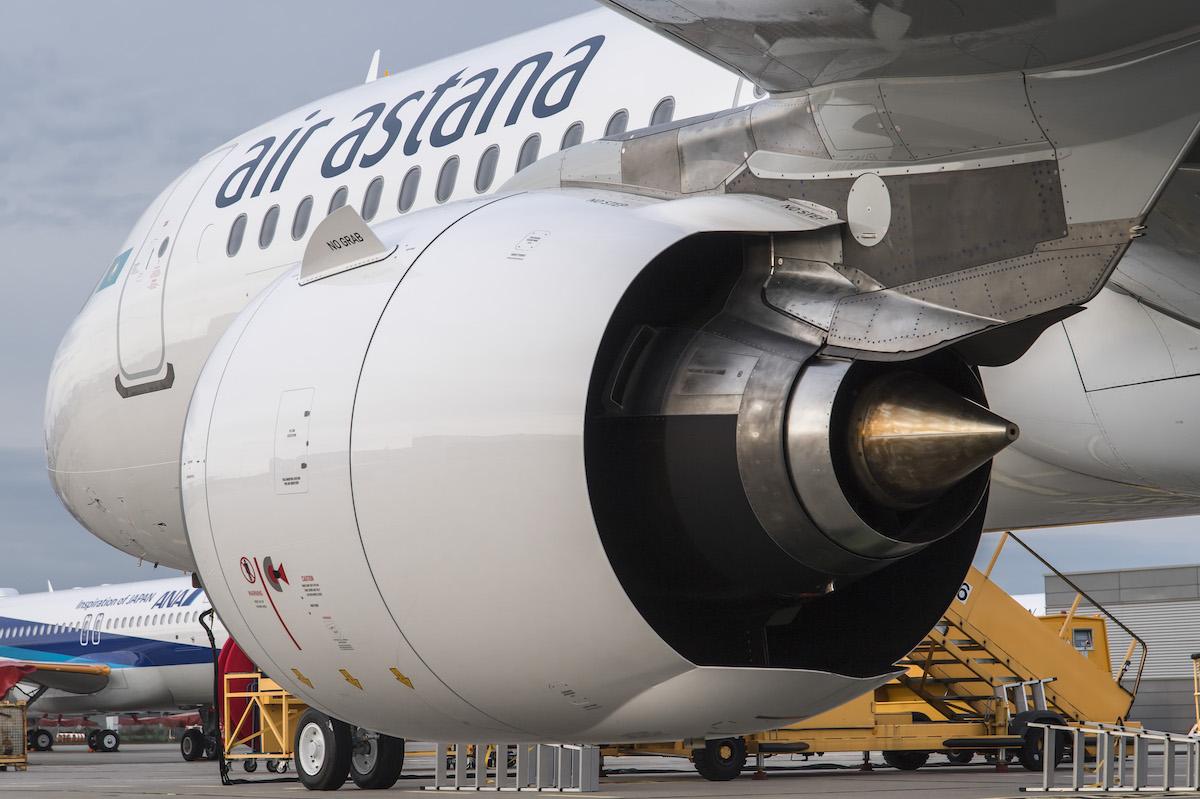Air Astana Plans To Expand Fleet By 50% Through 2025

Credit: Airbus/Christian Brinkmann
Kazakhstan’s largest airline Air Astana plans to expand its fleet to 59 aircraft through 2025, the carrier’s President and CEO Peter Foster said Aug 5. Foster said Air Astana was expecting to add 24 new aircraft over the period—a mix of Airbus A320neo family aircraft from lessors and on-order Boeing...
Subscription Required
This content requires a subscription to one of the Aviation Week Intelligence Network (AWIN) bundles.
Schedule a demo today to find out how you can access this content and similar content related to your area of the global aviation industry.
Already an AWIN subscriber? Login
Did you know? Aviation Week has won top honors multiple times in the Jesse H. Neal National Business Journalism Awards, the business-to-business media equivalent of the Pulitzer Prizes.


